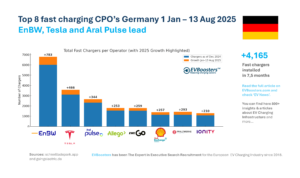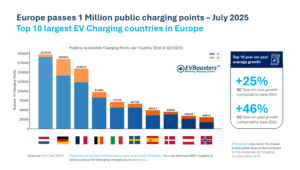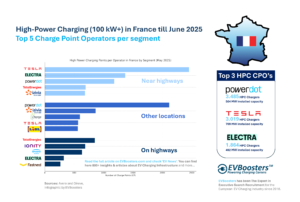China has emerged as the frontrunner in the EV market, accounting for a staggering 55% of global sales in the first half of the year. With 3.4 million units sold, EVs represented 31% of all light vehicle shipments in the region, doubling from 15% in the full year of 2021. However, the growth rate in China slowed down to 43%, compared to 118% in the first half of 2022, attributed to the cessation of the EV support scheme, leading to a price war and market disruption.
Europe holds the second spot with a 24% market share, shipping 1.5 million units. The region saw a year-on-year growth of 34%, propelled by easing supply-chain issues and higher shipments. Tesla leads the European market, but the entrance of several Chinese EV brands has yielded mixed results. In contrast, the United States holds a 13% market share but is rapidly catching up, with 815,000 units sold and a 97% year-on-year growth.
Canalys forecasts that EVs will make up 18% of the total market in 2023, with global sales surpassing 14 million units, marking a 39% increase from 2022. Tesla leads the global Battery Electric Vehicles (BEVs) market, having sold over 935,000 units in the first half of 2023. Model Y continues to dominate with a 13% market share.
Meanwhile, BYD’s sales soared by 104%, with over 1.3 million units sold worldwide. Its top models, Yuan PLUS, Dolphin, and Song Pro, collectively hold 9% of the global EV market.
Regionally, Tata Motors leads the Indian market, and MG ranks among the top three in several countries, including Australia, India, and the United Kingdom. Hyundai maintains a strong presence in North America, especially in Canada and the United States.
As the world leans towards sustainability, the EV market is poised for significant growth. With the burgeoning demand and governmental support, the industry is set for a transformative trajectory in the latter half of the year and beyond.
Source: Canalys







